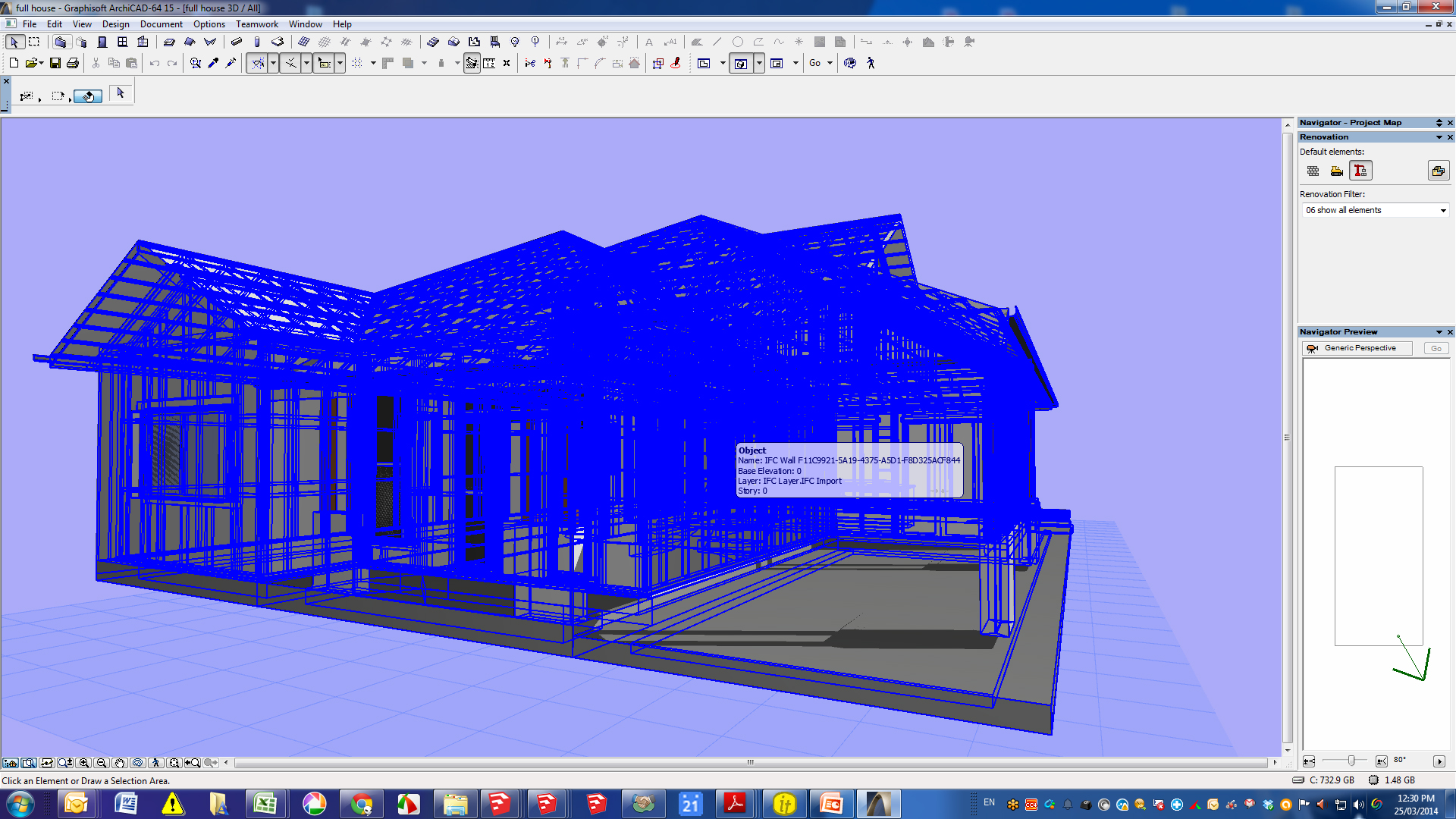

- Archicad tutorial how to#
- Archicad tutorial install#
- Archicad tutorial code#
- Archicad tutorial download#
- Archicad tutorial free#
RSGetIndString (&envir->addOnInfo.name, ID_ADDON_INFO, 1, ACAPI_GetOwnResModule ()) API_AddonType _ACDLL_CALL CheckEnvironment (API_EnvirParams* envir) You can find a more detailed explanation of these functions here.

Archicad tutorial code#
The source code for the Add-On is in the AddOn folder. You can find several subfolders in the Sources folder. On Mac "ARCHICAD 24.app/Contents/MacOS/ARCHICAD" -demo Anatomy of an Add-On To work around this issue you can start Archicad in DEMO mode by passing a command line parameter to the executable. To release your Add-On you have to register for an MDID (see the details in the Releasing Add-Ons chapter). Please note, that the example Add-On works only with the DEMO version of Archicad. Double check the version of your Archicad and the used Development Kit, they should match. bundle (macOS) is created in your result folder.Īrchicad can’t load an Add-On if it was created with a different version of the Development Kit. If everything goes fine, you will see no errors or warnings, and an. Build the Add-OnĪfter you generated the IDE project, open it, and press Build. It means that CMake will search for the CMakeLists.txt file in the parent folder. Please note the “.” at the end of the commands. Ĭmake -G "Xcode" -DAC_API_DEVKIT_DIR=/Applications/GRAPHISOFT\ ARCHICAD\ API\ DevKit\ 24.3009. Make sure to replace the value of AC_API_DEVKIT_DIR variable with your DevKit installation folder.Ĭmake -G "Visual Studio 15 2017" -A "圆4" -DAC_API_DEVKIT_DIR="C:\API Development Kit 24.3009". Starting from the root folder you can generate the projects with the commands below. Generate IDE Project for the Add-OnĪfter you downloaded the template Add-On, you have to use CMake to generate the project for your favourite Development Environment.
Archicad tutorial download#
Download the Archicad Add-On template from here. You can start with one of the example Add-Ons, but it’s much easier to start with the template available on GitHub. This is the folder you will need to build your Add-On. It contains all the header and library files for Add-On development, and the tools for resource compilation.

Archicad tutorial free#
Feel free to open the IDE projects, and investigate the possibilities.

These can be a good starting point to understand how the API works.
Archicad tutorial install#
Latest Xcode (deployment target macOS 10.15)Īfter you installed the Development Kit you will find three folders at the install location. Latest Xcode (deployment target macOS 10.13) Latest Xcode (deployment target macOS 10.12) You can see the details in the table below. On Windows this is Microsoft Visual Studio, on MacOS this is Xcode.įor different Archicad versions you will have to use different versions of developer environments.
Archicad tutorial how to#
The goal of this tutorial is to show you how to write an Archicad Add-On from scratch.


 0 kommentar(er)
0 kommentar(er)
